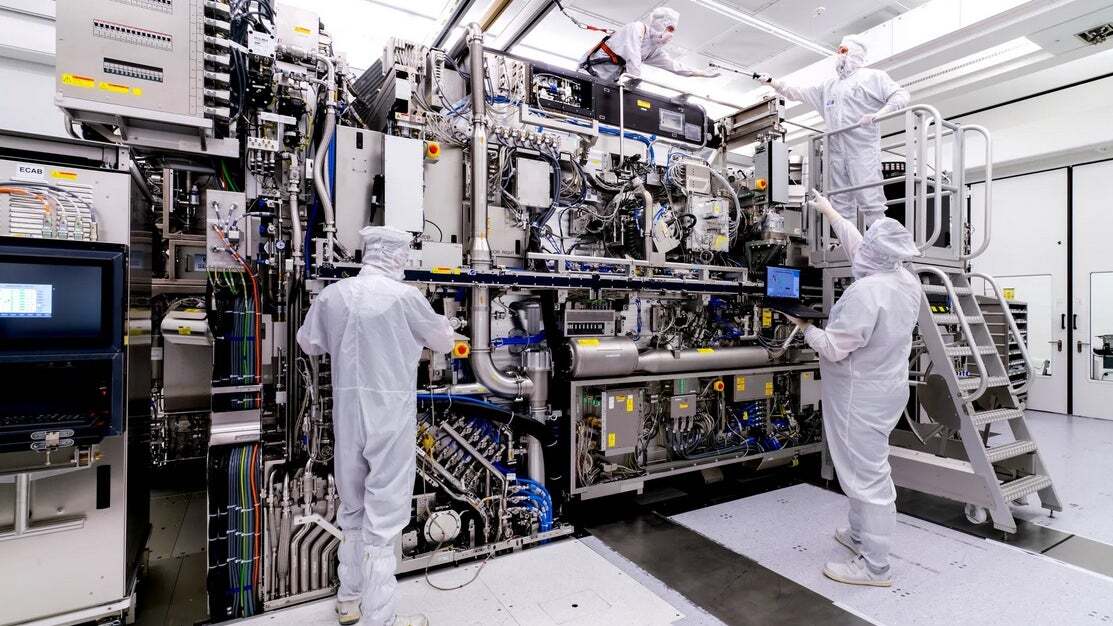China’s Game-Changer? Huawei EUV machine Rumored to be Secretly Developed

In the high-stakes tech war defining the global geopolitical landscape, China’s inability to acquire cutting-edge Extreme Ultraviolet (EUV) lithography machines due to U.S. sanctions has long been considered its Achilles’ heel. However, recent developments suggest Beijing is making a determined push for self-sufficiency, highlighted by the official unveiling of its first domestic e-beam lithography machine and persistent rumors that Huawei is secretly developing its own EUV system.
Lithography machines are the bedrock of chip manufacturing, using light to engrave complex circuit patterns onto silicon wafers. While older Deep Ultraviolet (DUV) technology is limited, EUV’s ultra-short 13.5nm wavelength is essential for producing chips on processes smaller than 7nm. With competitors like TSMC and Samsung preparing for 2nm mass production, the EUV gap has been a critical vulnerability for China.
The newly unveiled “Xizhi” machine, developed at Zhejiang University, represents a significant, confirmed leap forward. Instead of light, it uses focused electron beams to etch patterns, meeting international standards with the ability to engrave lines 8nm wide. While not a rival to EUV for mass production, the Xizhi is ideal for research and development, providing China with a crucial, domestically-produced tool for testing new chip designs at a fraction of the cost of imported alternatives.
Huawei EUV machine is being developed?
While the Xizhi is an important milestone, the truly seismic threat to the current world order comes from Huawei’s alleged secret project. Rumors are intensifying that the tech giant is testing a prototype of the Huawei EUV machine at its Dongguan facilities, with trial production potentially starting later this year and mass production targeted for 2026.
If successful, this would be a monumental breakthrough, allowing China and its top chipmaker, SMIC, to produce cutting-edge chips capable of competing with those from Apple, Qualcomm, and Nvidia.
This potential breakthrough follows Huawei’s stunning 2023 comeback with the Kirin 9000S, a 7nm chip produced in China by SMIC despite heavy sanctions. That chip demonstrated China’s rapid progress under pressure. Developing a domestic EUV machine would be the final, decisive step in its journey toward technological independence.



